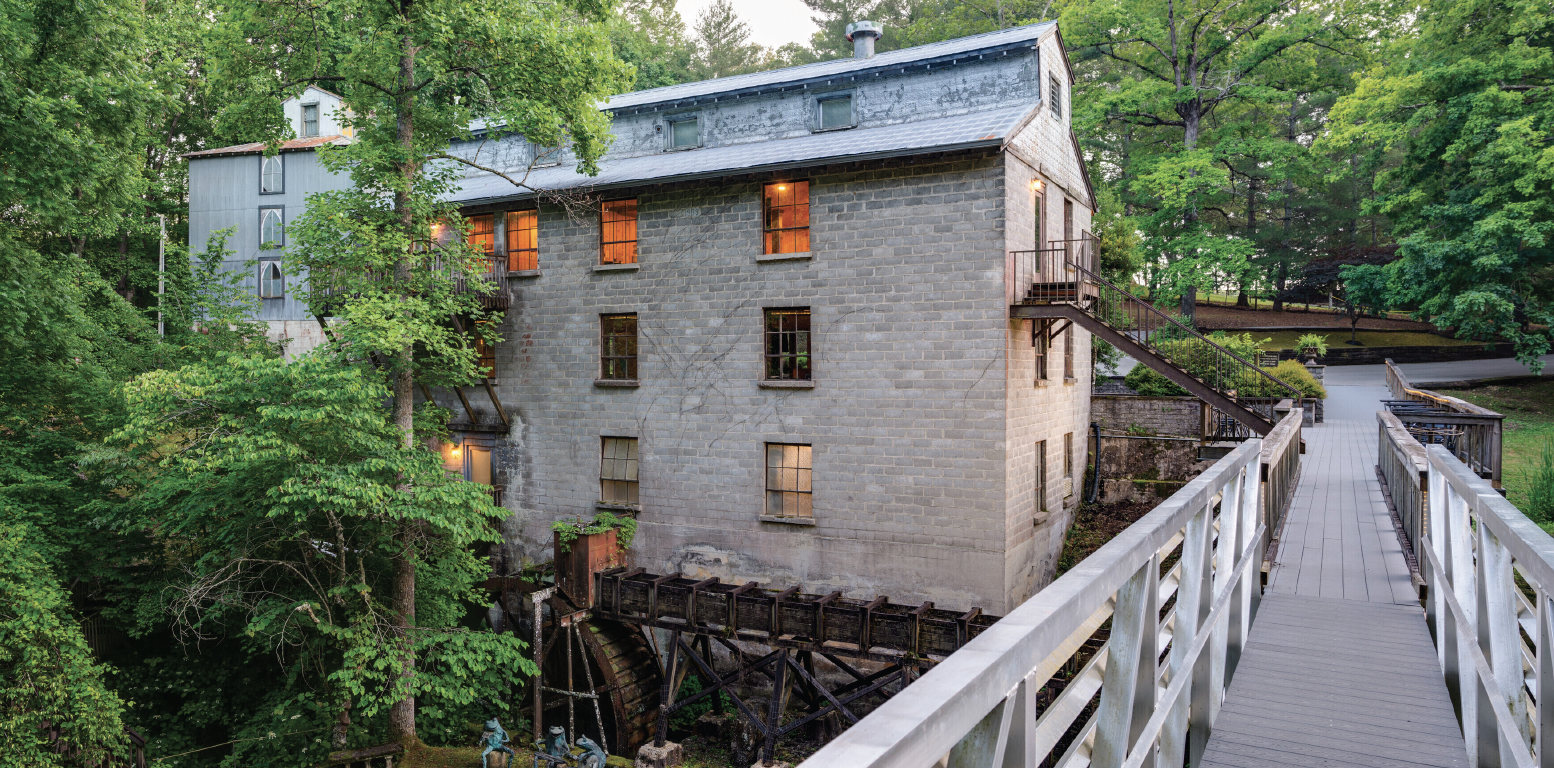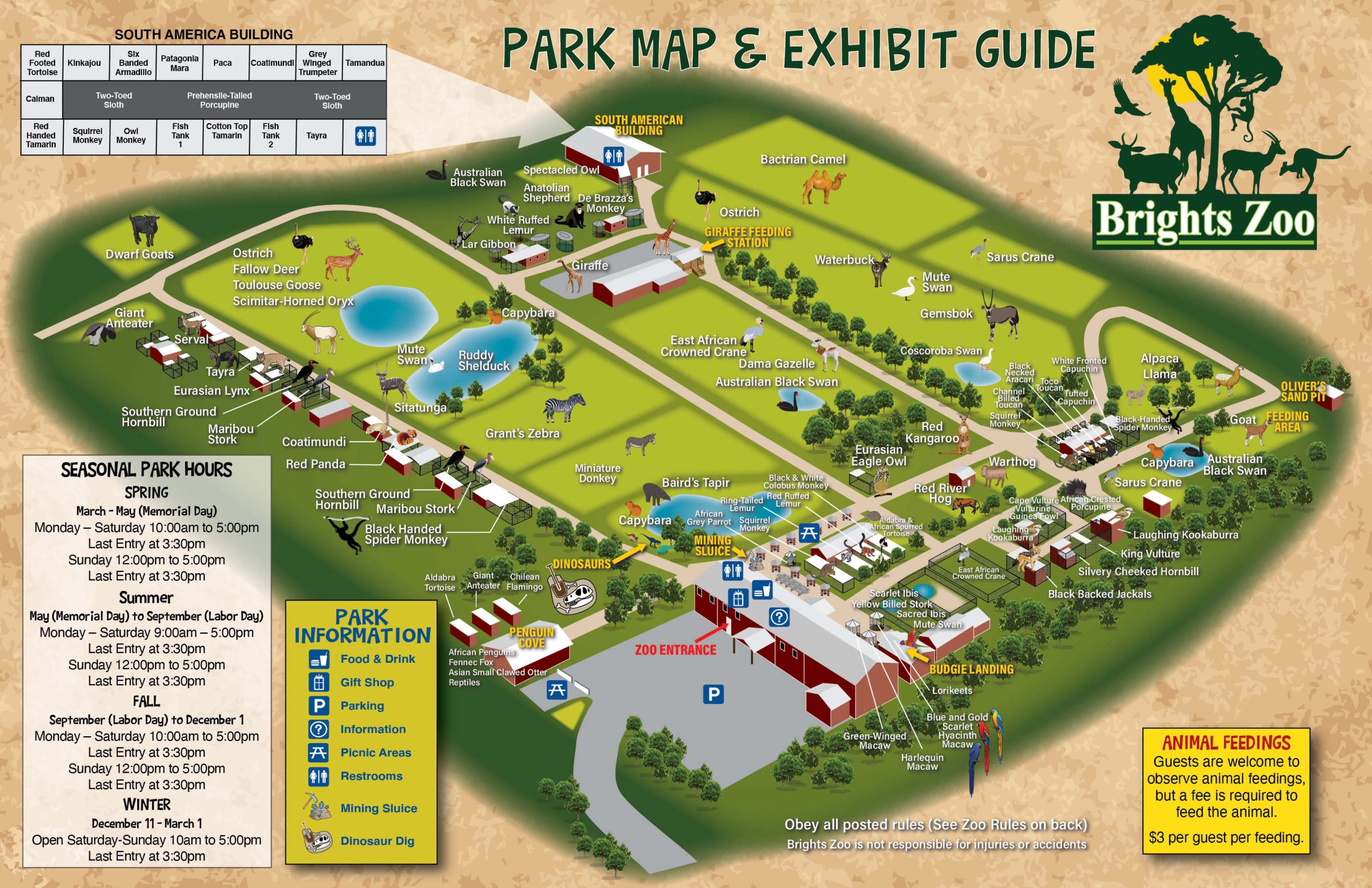Jeff McNelley loves hiking. He loves the quietness and solitude, and he loves the little things he sees along the trail—unique and beautiful rock formations, waterfalls, or even just patches of fungus growing in a striking way. In the last few years, he’s gone on well over 100 hikes, often taking beautiful photographs shown here.
There is so much to enjoy about hiking. Mr. McNelley wrote that he is humbled by the “quiet solitude of a trail and the views that magnify God’s great creations… You leave technology, the hustle and bustle of the world and can travel at your own pace while enjoying beautiful scenery. The people you meet on the trails all have an interesting story to share.”
Many people are interested in hiking but aren’t sure where to start or have recently started and are looking for tips, so Jeff McNelley offered some advice for beginning hikers.
How Do You Get Started?
A good way to get started is by going on walks in local parks. From here, move on to hikes that you can complete in just a few hours.
Don’t just jump into a 5-day mountain hike where you’ll have to camp along the trail. Instead, work your way up gradually starting with easier trails.
What Clothes Do You Need?
For clothing, McNelley recommended something lightweight. Wear multiple layers and take some off depending on the conditions. Make sure to have a base layer that wicks water away from your skin and dries quickly. Wool socks also wick away moisture which helps prevent your feet from sliding and developing blisters.
Always take a jacket in the winter, though you may end up taking it off as you heat up from the hike. Also, you should avoid cotton as it will hold in moisture. Overall, McNelley emphasized that you should dress for the anticipated weather conditions.
Many people wonder if you need special shoes or boots. Hiking boots can make the experience more pleasant or stop you from rolling an ankle, but you don’t necessarily need them.
McNelley said, “Tennis shoes are perfectly acceptable—it’s just how comfortable do you want to be?” If you do buy hiking shoes or boots, buy a pair you’re comfortable with, not necessarily the most expensive. There are stores where you can get fitted.
If this sounds like a lot to keep track of, try visiting an outfitter who can help you determine exactly what you’ll need.
What Other Gear Do You Need?
Trekking poles can be useful. They look like ski poles and can help you keep balanced when going over uneven ground. Also, they help reduce fatigue and stress on the feet, legs, and lower back, and they typically cost between $10 and $100. Additionally, you should bring a map and compass as well as sunblock, hand sanitizer, lip balm, and power cells for your phone so it doesn’t die along the way. A small first aid kit can help if you get cut.
Bring a backpack for food and water as well as other supplies. For short hikes, you can just use a normal backpack like the kind that students take to school. There’s no need to spend a lot of money on expensive hiking equipment like specially-made hiking packs if you’re not going to use them regularly.
Which local trails are best?
For beginners, McNelley recommended the Gatlinburg Trail and the Middle Prong Trail. Both of these are easy day hikes, so you won’t need to camp along the way. The Gatlinburg Trail is fairly level, and it’s pretty easy to hike even if you have children. The Middle Prong Trail is in the Townsend area and has waterfalls and cascades along the way.
The Gatlinburg Trail
The Gatlinburg Trail is one of two walking paths on which visitors can walk dogs and ride bikes. Pets and bicycles are prohibited on all other park trails. The trail travels 1.9 miles one-way from the Sugarlands Visitor Center to the outskirts of the city of Gatlinburg, TN. It is relatively flat and runs through the forest alongside the West Prong of the Little Pigeon River. The trail offers beautiful views of the river, which at one point is crossed by a pedestrian foot bridge. Foundations and chimneys of several old homesites are visible along the trail.
Middle Prong Trail
Middle Prong Trail is a gorgeous waterfall hike in the Great Smoky Mountains National Park. Though the whole trail is an 8.2 mile round-trip, the rewards come early for this beautiful hike. Plus, this trail offers a look back into the history of the Smokies. Tremont was once a small logging community.
Driving Directions: Head southwest from the Townsend Y junction of Little River Road and TN 73 towards Cades Cove. After a short drive (0.2 mile), turn left onto Tremont Road. After two miles, you’ll pass the Great Smokey Mountains Institute at Tremont on your left before the road changes to gravel. Continue three additional miles down the gravel road before reaching the road’s end. Park here for the trailhead. On busy weekends, arrive early to secure a parking space near the trailhead.
How Much Food and Water Do You Need to Bring?
For a day hike, some good options are protein bars, trail mix, and peanut butter. You’ll burn a lot more calories than you expect while walking, so make sure to bring enough.
You don’t have to worry about storing your food in any special way unless you’re backpacking overnight. If you are going to be travelling overnight, some campsites will have a cable system that lets you hoist your food up so that bears can’t get to it. Some state parks even have metal boxes where you can put your food to keep bears out.
When McNelley goes on hikes, he’ll sometimes carry up to 3 liters of water, but with a beginner trail, you’ll probably only need a few 8-ounce bottles of water. Experienced hikers on longer trails will often have a water bladder in their backpack that will hold a few liters.
In the summer, you’ll want about 4-8 ounces per mile, but this varies by the temperature and how strenuous the hike is. You can also take a Gatorade or Powerade for electrolytes to prevent cramping.
What Are Some Common Hiking Dangers, and How Do You Avoid Them?
McNelley’s biggest fear during hikes is always twisting an ankle or falling, so he’s always careful where he steps.
One danger that people don’t often consider is limbs falling off trees on a windy day. If one falls on you, you could be hurt or killed. For this reason, McNelley doesn’t hike on windy days. Pay attention to the weather on hikes and look at the forecast beforehand. If there’s going to be a storm, you don’t want to be outside.
Many people are frightened of encountering bears, but McNelley said they’re not that common, and they are typically more afraid of you than you are of them. If you talk loudly and make a lot of noise while hiking, the bears will be more likely to avoid you. If you do see one, however, don’t run. Just stand still.
You should also use sunblock even in the winter, and some clothing can provide extra protection from the sun as well. This clothing will sometimes have a rating to show how much protection they offer.
Finally, always leave a note with your family before hiking. They should know the trails that you are hiking, what vehicle you will be in (and the license plate number), where you are going to park, and when you’ll be back. Tell them your plan and stay true to it.
“You can easily go out and have a great day of hiking and come back safe,” McNelley said. To learn more, see the National Park Service’s articles on safety.
How Do You Avoid Getting Lost?
Preparation is critical to avoid getting lost. Get a map of the park or trail and a compass. You can also get an app called AllTrails on your phone that will let you download trail maps. The app will also track where you’re going and tell you if you are getting off the path as well as providing other useful information. AllTrails will work even if you’re on airplane mode—and you typically want to put your phone on airplane mode, or it’ll drain its battery trying to find a signal. Also, learn the park rules. Finally, you can research trails beforehand online or in books, and you should read comments from other hikers.
“Always study where you’re going,” McNelley said. “Learn as much about the trail that you’re going to be hiking on as you can.” This research can also help you find interesting sights along the path that you might otherwise miss.
What Are Some Common Mistakes Beginners Make?
“The [mistake] I see quite a bit of is not having enough water,” he answered. Another is people not knowing where they are going. Sometimes people don’t do enough preparation, and they won’t know how far they have to go. This leads to them starting too late and being unable to get back to their vehicle before dark.
“Know where you’re going,” McNelley said. “Don’t just get on a trail and start walking.”
What Are the Most Important Hiking Tips You Can Give?
When asked for his most important tips, McNelley answered that hikers should “dress appropriately for the weather, and if you’re going to be gaining altitude, dress for that.” There can be severe temperature changes at higher elevations. For example, Clingmans Dome is typically 20-30 degrees colder at the top.
One important theme for McNelley is leaving no trace. Don’t build campfires in undesignated areas, and don’t throw wrappers or paper on the ground. Preserve the trails for others to enjoy.
He wrote, “The Great Smokey Mountains has become one of the most visited parks in the country. With the amount of people visiting the park we now see more trash along the roads and commonly used trails. Vandalism to park information boards and carving initials into trees, wooden rails, and signs are just a small sample of vandalism taking place in the National Park. Several volunteer groups dedicate time and resources to picking up trash along roadways, emptying trash disposal bins and cleaning park signs from graffiti.”
Hiking can be a great experience, giving beautiful views of God’s creation.
As McNelley said, “Our jobs are hectic a lot of times, and it’s a way to get away from the hustle and bustle… The big thing is to just go out and have fun. Enjoy it.”









